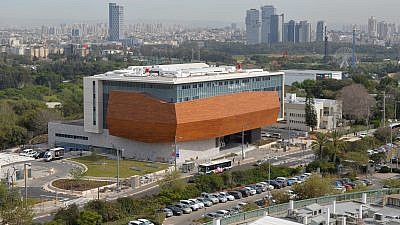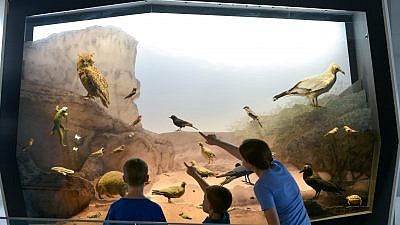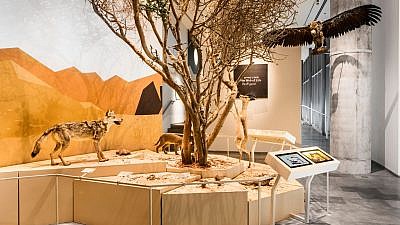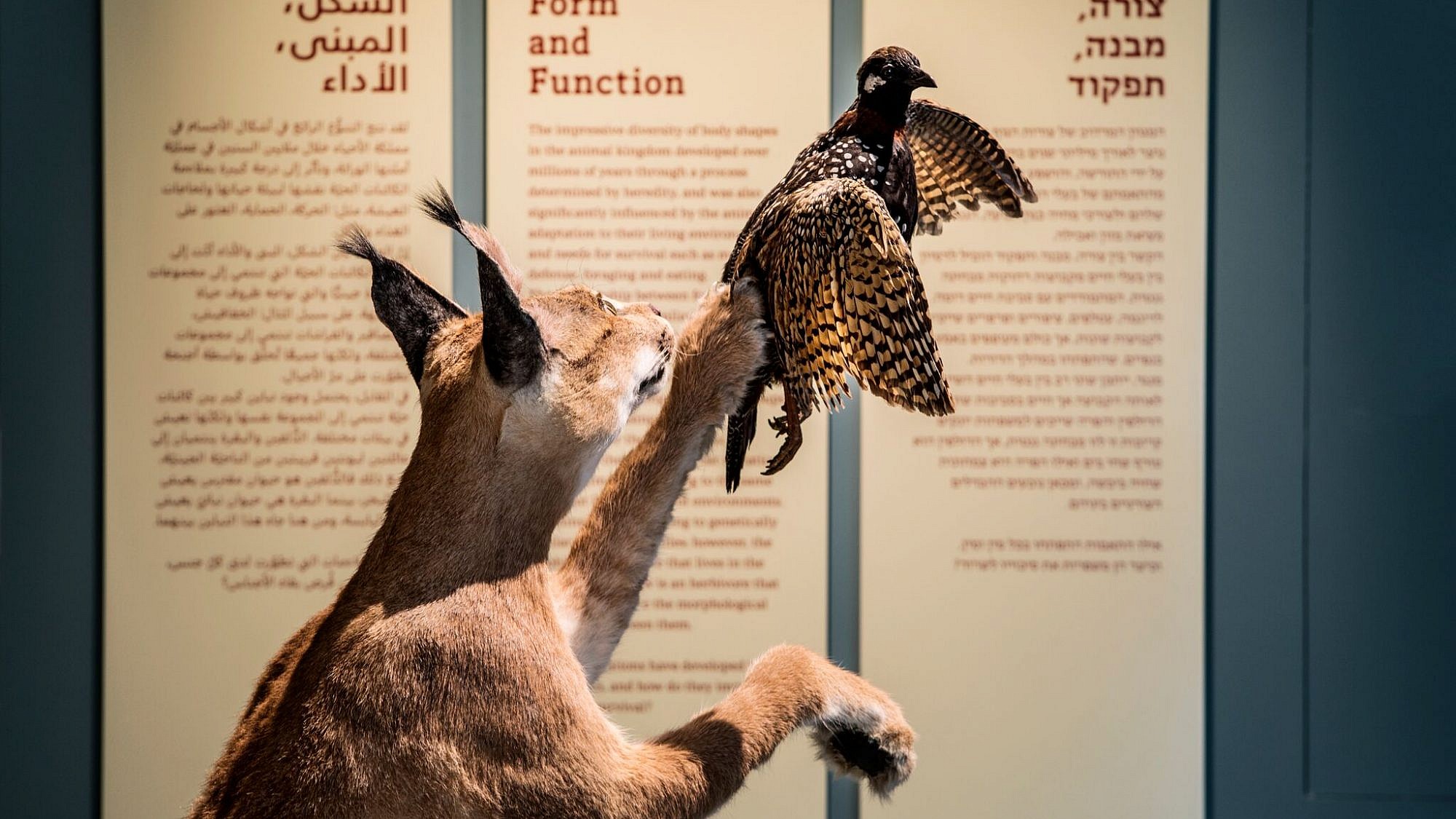Housed in a building that resembles a treasure chest, it will offer gems of ecology, botany and more. The new Steinhardt Museum of Natural History, situated on the grounds of Tel Aviv University in Ramat Aviv, Israel, features Israel’s national natural-history collections, containing more than 5.5 million specimens of fauna and flora that tell the story of biodiversity in Israel and the Middle East over the last few hundred years.
As of July, it will open its doors for a trial period to the wider public.

The five-story building covers nearly 10,000 square meters. The exhibition spaces incorporate 1,700 square meters and publicly display thousands of items in themed exhibitions, permanent exhibitions and a temporary exhibition. On display are species that have become extinct in the region, including the last bear from 1916, an Asiatic cheetah from 1911 and the last crocodile from the Taninim River—all of which belong to the Schmitz collection. Predatory and other birds, including the only albatross spotted in Israel’s skies, are also to be found in the backdrop of natural-looking landscapes and environments.
“The opening of the museum to the wider public in the coming weeks marks the culmination of decades of hard work with tremendous national and scientific value,” said Professor Tamar Dayan, chair of the Steinhardt Museum of Natural History. The collections, which were scattered in storerooms around Tel Aviv University, will be revealed for the first time to the public.
“And for researchers and scientists,” she added, “the museum will be a continuing source of knowledge and discovery of the life around us in the present and in the past.”
The museum offers an experience for the entire family through diverse multimedia content; touch screens and a touch table; interactive digital animation; models that can be touched; and films on nature and the life of humans in nature.
Professor Joseph Klafter, president of Tel Aviv University, said he hopes that the museum will become “an important attraction for all ages by virtue of its fascinating exhibitions that create an extraordinary experience of recreation and enjoyment.”

From ‘Bugs and Beyond’ to ‘Treasures of Biodiversity’
Once open, the museum will present eight permanent exhibitions, including thousands of items from the national natural-history collections amassed at Tel Aviv University over several decades, as well as a temporary exhibition. The temporary exhibition on display at the museum’s opening, called “Life Object,” represented Israel at the 2016 Architecture Biennale in Venice, Italy, and deals with the influence of nature on architecture.
At the entrance to the museum, visitors are greeted by birds that fly over Israel as they migrate back and forth between Europe and Asia to Africa in the “Great Bird Migration” exhibition. The other seven permanent exhibitions include “Bugs and Beyond,” “Israel’s Landscapes,” “Form and Function,” “The Human Impact,” “The Web of Life,” “Treasures of Biodiversity” and “What Makes Us Human?”
“The museum is the largest and most active center of documentation and science in this field in Israel,” said Alon Sapan, director of the Steinhardt Museum of Natural History. “The exhibitions are the result of a joint effort by the museum’s scientists, scientific curators, experiential curator and leading exhibition designers … in a way that cannot be experienced elsewhere.”

As the first of its kind in Israel and the Middle East, the museum is expected to host about 150,000 visitors per year, and become an educational and cultural attraction for thousands of families, schoolchildren, nature lovers, scientists and tourists from Israel and around the world. In addition, the 12 research labs operating in the museum in different faculties of Tel Aviv University—serving 250 academic staff and students, and hundreds of scientists and researchers in Israel and around the world—will be transferred to the museum building.
The establishment of the Steinhardt Museum of Natural History, at a total cost of NIS 140 million, was made possible by the vision and support of Michael and Judy Steinhardt, joined by the Yad Hanadiv Foundation, Dan David Foundation, Ted Arison Family Foundation and other donors. The Israeli government also joined in the effort to create the museum through the Planning and Budgeting Committee of the Council for Higher Education, the Ministry of Environmental Protection, the Ministry of Agriculture and Rural Development, the Ministry of Tourism, the Ministry of Science and Technology, the Ministry of Jerusalem and Heritage, Keren Kayemet LeIsrael-Jewish National Fund, and the Israel Nature and Parks Authority.
The museum will open its doors for a trial period, with limited hours, from Monday to Saturday, 10 a.m. to 2 p.m. Paid parking is available on site in a museum lot. Visitors are welcome, though they must pre-book tickets on the museum website. During the trial period, admission will be 35 shekels instead of 50 shekels.


























